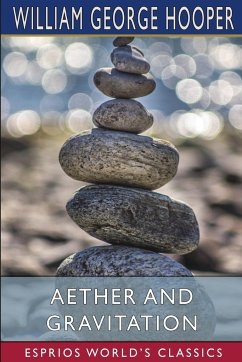"Art. 1. Gravitation.--In the realm of Science, there exists a Force or Law that pervades and influences all Nature, and from the power of which, nothing, not even an atom, is free. It holds together the component parts of each and every individual world, and in the world's revolving prevents both its inhabitants and its vegetation from being whirled off its surface into space. It exists in each and every central sun, and circles round each sun its associated system of planets. It rolls each satellite around its primary planet, and regulates the comet's mysterious flight into the depths of space, while the pendulation of even the remotest star is accomplished by this same force."








